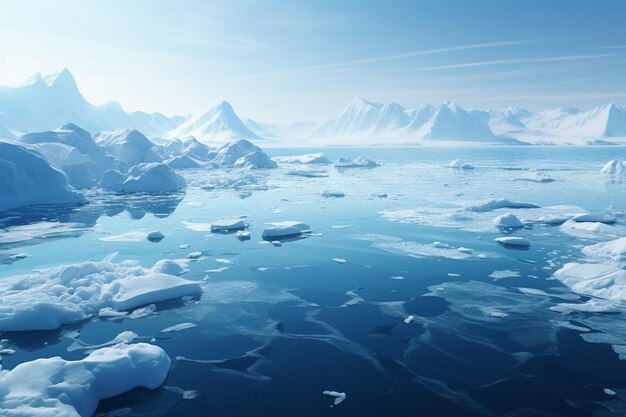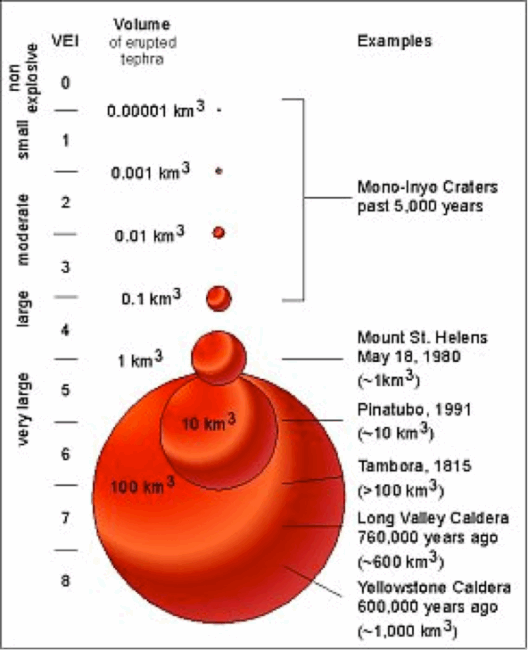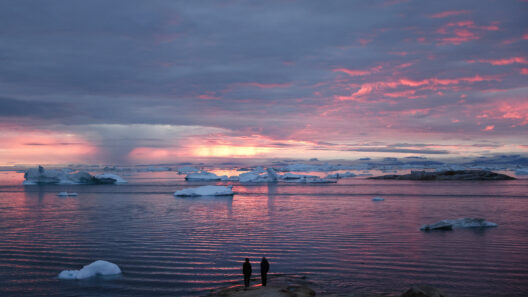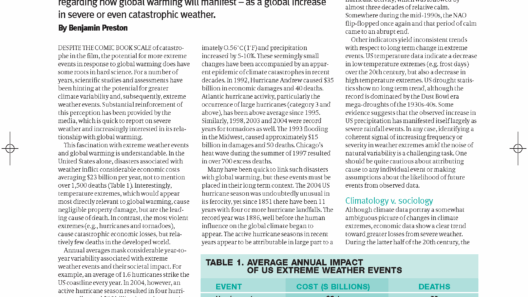In the theatre of climate change, the poles act as the patient protagonists, their roles irreplaceable in the grand narrative of Earth’s ecology. However, as global warming escalates—an inexorable force—they spiral towards a tragic denouement, revealing a disturbing truth: the fates of the ice caps and coastal communities are inexorably linked. As frozen realms thaw, the seas rise like an overture heralding calamity, awakening the latent vulnerabilities of human habitation along coastlines worldwide.
The polar ice caps, a reflective façade protecting our planet from the sun’s unrelenting gaze, are melting at an alarming rate. This phenomenon can be likened to the disrobing of a once-mighty guardian, exposing the underbelly of the Earth’s systemic fragility. Satellites reveal this startling spectacle: vast expanses of ice that have stood for millennia now display gaping fractures, reminiscent of an aging actor succumbing to the ravages of time. Each cube of ice that calamitously breaks free marks not merely a physical loss, but a poetic unraveling of an intricate web of life that depends on these frozen bastions.
As these magnificent structures of ice melt, they do not merely evaporate into the ether; they contribute to rising sea levels. According to scientific reports, the oceans are on a trajectory to rise by as much as three feet by 2100 under the relentless forces of global warming. This escalation in sea level becomes an approaching wave, each increment a crescendo in a symphony of environmental disarray. As the seas rise, they envelop our coasts, a creeping tide heralding disaster and displacement.
For communities nestled along the shorelines, this is no abstract threat; it is an imminent reality. Coastal cities, once vibrant and flourishing, become bereaved of their sanctity as basements flood, roads succumb to erosion, and saltwater intrudes upon freshwater resources. Miami, New Orleans, Mumbai, and countless other urban landscapes are akin to a house of cards, precariously balanced and poised to topple. Inundation is not a distant specter—it is already knocking on doors and washing away lives and livelihoods.
Beyond the immediate threats to habitation lies a broader environmental narrative interwoven with the essence of biodiversity. The melting polar regions hold an intricate balance of ecosystems, where unique species have evolved in symbiotic harmony with their icy surroundings. As glaciers recede, habitats for polar bears, seals, and myriad marine species diminish, catalyzing a cascading effect on the food chain. The metaphor of the canary in the coal mine rings true; the plight of these species underscores the urgency of the climate crisis. When existence is threatened for iconic creatures, it serves as a portent for humanity itself.
This multifaceted impact is not confined to a singular timeline; it unfolds across generations. The Youth Climate Movement epitomizes the intergenerational struggle inherent in this narrative. Young activists, armed not just with placards but with a wealth of scientific knowledge, rise like phoenixes from the ashes of past negligence, demanding accountability and reclaiming their future. They understand that they are not merely inheritors of a planet but stewards tasked with navigating the precarious waters of climate change.
In combating this looming crisis, global action emerges as a clarion call. Nations must galvanize efforts to mitigate climate change through a concerted approach that blends policy, innovation, and education. Transitioning to renewable energy sources, enforcing stringent emissions regulations, and preserving natural carbon sinks are imperative steps. Innovative technologies such as carbon capture and reforestation initiatives present glimmers of hope—a means to tether ourselves away from the precipice of environmental collapse.
The concept of climate justice must also play a central role in these discussions. The nations contributing most to greenhouse gas emissions bear a moral obligation to assist those disproportionately affected, often living in vulnerable, low-lying regions. Consequently, international cooperation is not merely beneficial but essential. The ripple effects of rising seas do not adhere to political borders; they forge a unified front of challenges that transcend national interests.
Nevertheless, the path ahead is fraught with challenges. Misinformation and apathy masquerade as significant barriers, cloaking the urgency of climate action with a pall of indecision. Education emerges as the keystone—illuminating facts, fostering empathy, and eroding the divide between awareness and action. From schools to social media, the power of communication can transform apathy into activism, inspiring a wave of change that rises above the currents of ignorance.
As the narrative of melting poles and rising seas unfolds, it is a clarion call to humanity. The raw beauty of our planet, encapsulated in its icy realms, demands respect and urgency. Our choices today echo into the future, shaping the landscape for generations beyond our own. Every effort taken against climate change is a stitch in the fabric of Earth’s survival, weaving resilience into a tapestry fraught with uncertainty.
In conclusion, the tides of change are upon us; they rise inexorably, a testament to our impact on this delicate planet. As the poles melt, the resultant seas will reveal truths about humanity’s indomitable spirit, adaptability, and capacity for change. It’s imperative that we embrace this challenge, understanding that every action, no matter how small, contributes to the stability of our future. The oceans will continue to rise, but so too can our resolve—to combat climate change, preserve biodiversity, and ultimately, cultivate a sustainable coexistence with our planet.








